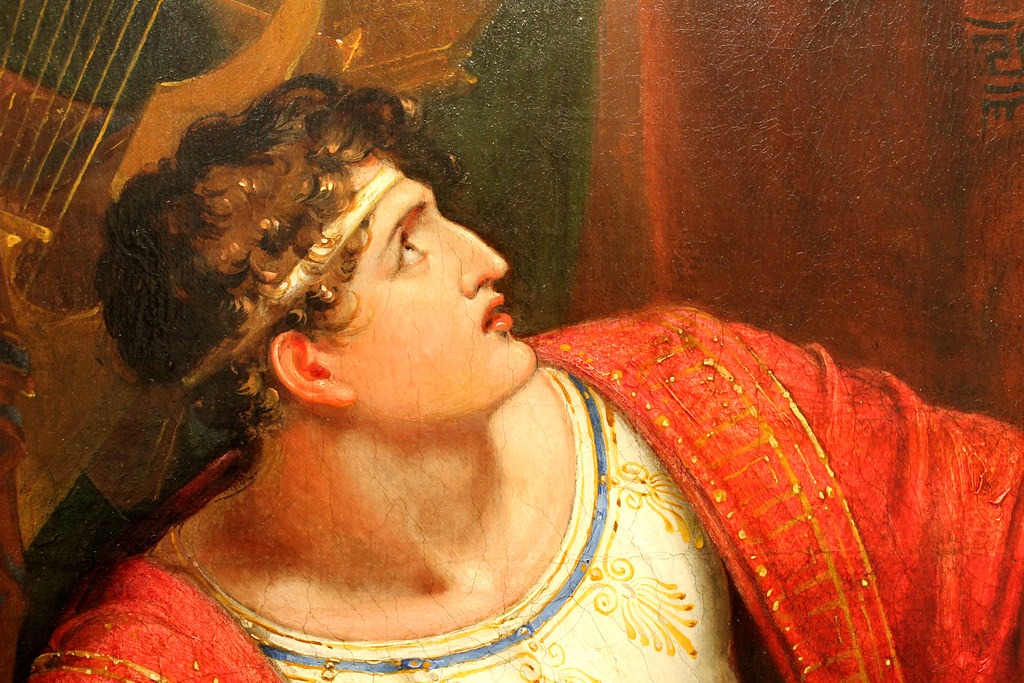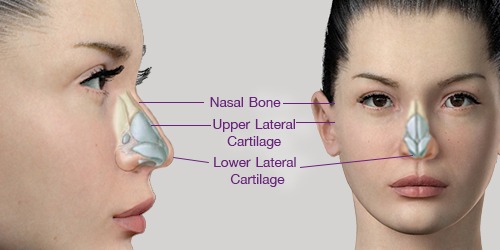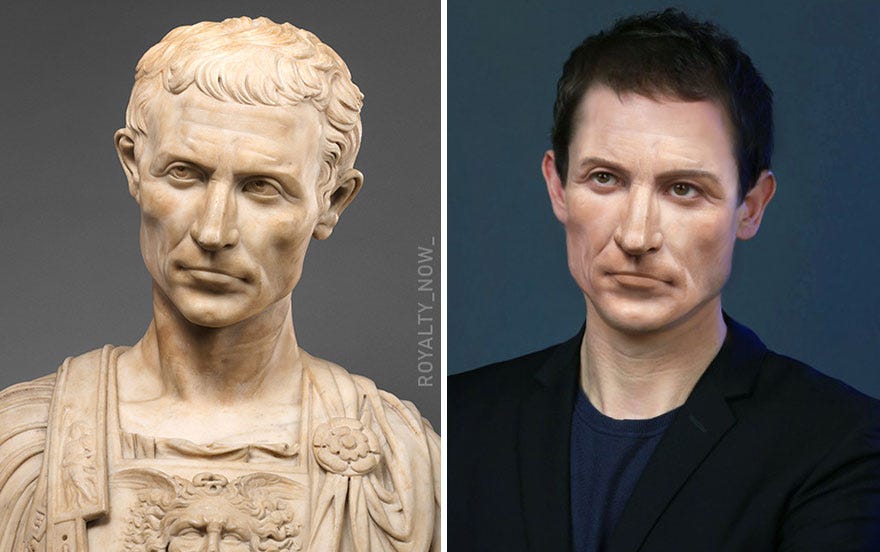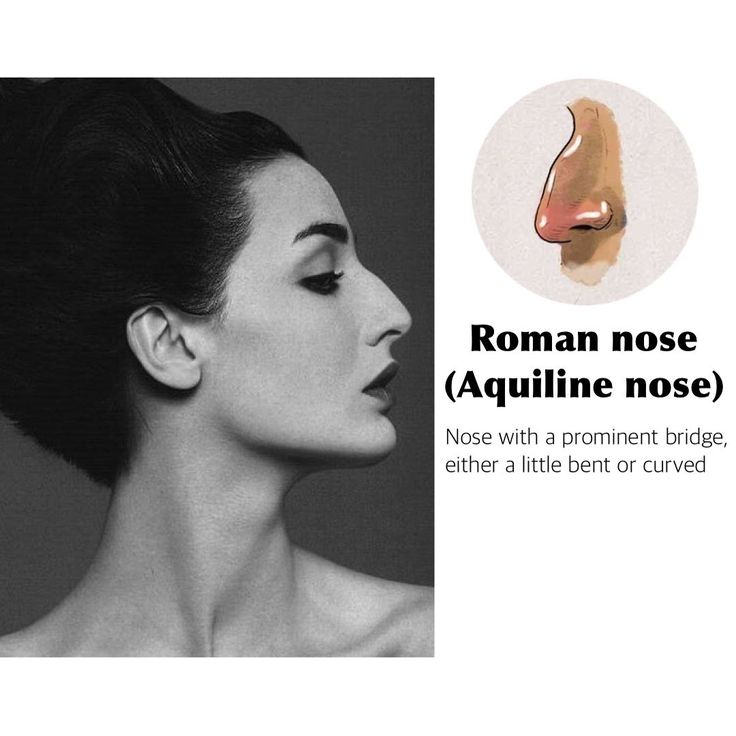When it comes to unique facial features, the aquiline nose stands out. Often called a Roman nose, people have admired, misunderstood, and even stigmatized this distinctive shape throughout history. This article will take you on a comprehensive journey through the world of the aquiline nose, exploring its characteristics, cultural significance, and the ways in which people can embrace and enhance this prominent feature.
What Constitutes an Aquiline Nose?
A prominent bridge that curves or bends downward, resembling the beak of an eagle, characterizes an aquiline nose. This distinct shape has been a symbol of strength and nobility in various cultures. Historically, people often associated it with Roman and Greek figures, which gave rise to the term “Roman nose.”

Other Names for an Aquiline Nose
The aquiline nose goes by several names, each highlighting a different aspect of its unique shape:
- Roman Nose: Stemming from its association with ancient Roman statues and leaders.
- Hooked Nose: A less flattering term that emphasizes the curved shape.
- Beak Nose: Highlighting the resemblance to a bird’s beak.
RELATED ARTICLE: Different Types of Nose Shapes – What are the Surgical Options?
Countries and Cultures with Aquiline Noses
Aquiline noses are commonly found in various regions around the world. In particular, people from the Mediterranean, Middle Eastern, and certain European countries often have this nose shape. Cultural perceptions of the Roman nose vary significantly; some cultures see it as a mark of beauty and distinction, while others celebrate it less.
Characteristics of a Hooked Nose
Variations in Shape
The primary characteristic of an aquiline nose is the pronounced bridge that creates a curved or “hooked” appearance. Other variations may include a slightly wider base or a more pronounced tip. Despite these differences, the overarching feature is the prominent, curved bridge.
Physical Features
- Bridge: Elevated and often arched, giving the nose its characteristic bend.
- Tip: May be pointed or rounded, extending forward from the curve of the bridge.
- Nostrils: Typically symmetric and proportionate to the rest of the nose.

Aquiline Nose Personality Traits
Historically, people have attributed various personality traits to those with aquiline noses. These traits include:
Historical Perspectives
- Determination: A strong, prominent nose has often been seen as a sign of a strong will and determination.
- Leadership: This perception stems from the prominent figures in history and art who possessed this nasal type, such as Roman emperors and Greek philosophers.
- Intelligence: The distinct shape has sometimes been linked to higher intelligence and wisdom.
Modern Interpretations
Today, the personality traits associated with an aquiline nose can vary. Some view it as a symbol of leadership and determination, while others see it as a distinctive feature that adds character and uniqueness to one’s appearance.
Embracing Your Roman Nose
Self-acceptance is crucial for anyone with distinctive features. Embracing your Roman nose means recognizing its uniqueness and the history it carries. Here are some tips for embracing and highlighting your aquiline nose:
- Confidence: Own your look with confidence. A distinctive nose can be a signature feature.
- Fashion: Use accessories and hairstyles that draw attention to your nose in a flattering way.
- Makeup: Highlight your nose with contouring techniques to either emphasize or downplay its prominence as you prefer.
Why People Opt for Aquiline Nose Rhinoplasty
Rhinoplasty, or nose surgery, is a popular option for those looking to alter the shape of their nose. People opt for this surgery for various reasons:
- Cosmetic: Some may want to soften the curve or reduce the prominence of their nose for aesthetic reasons.
- Medical: Others might seek rhinoplasty to address breathing issues or correct injuries.
- Aesthetic Desire: To alter the nose’s shape to better fit personal or societal beauty standards.
- Functional Improvement: To address breathing issues or nasal structural problems.
- Trauma Correction: To repair damage from injury or accidents.

Enhancing the Aquiline Nose
For those who wish to enhance their hooked nose without surgery, several non-surgical options are available:
- Fillers: Injectable fillers can help smooth out the nose’s profile.
- Makeup: Skillful contouring can enhance or soften the appearance of the nose. Surgical options include:
- Rhinoplasty: Tailored to the individual’s desires, this surgery can reshape the nose while preserving or enhancing its unique characteristics.
Pros and Cons of Having an Aquiline Nose
Like any feature, an aquiline nose has its pros and cons:
Advantages:
- Distinctive Appearance: An aquiline nose can give a person a strong, memorable look.
- Historical Significance: It connects individuals to a rich cultural history.
Disadvantages:
- Social Perceptions: Negative stereotypes or personal insecurities may impact some individuals.
- Practical Issues: In rare cases, the shape may contribute to breathing difficulties.
Famous People with Aquiline Noses
Many famous individuals throughout history and in contemporary culture have sported aquiline noses, including:
- Julius Caesar: The Roman leader whose nose has been immortalized in statues.
- Barbra Streisand: The singer and actress known for her distinctive profile.
- Adrien Brody: The Oscar-winning actor whose nose is part of his unique look.

Myths and Misconceptions
Several myths and misconceptions surround the aquiline nose:
- Aggressiveness: Some believe that a Roman nose indicates an aggressive personality, which is not necessarily true.
- Exclusivity to Certain Ethnicities: While more common in some regions, aquiline noses can be found across all ethnicities.
The Evolution of the Aquiline Nose in Art and Media
Depictions of aquiline noses in art and media have evolved over time. In classical art, they were symbols of nobility and strength. Modern media has varied representations, sometimes emphasizing uniqueness and other times, unfortunately, perpetuating stereotypes.
Roman Nose and Identity
For many, an aquiline nose is a significant part of their identity. Personal stories of embracing this feature often highlight the journey from insecurity to pride. It also plays a role in cultural identity, connecting individuals to their heritage.
Summary of Key Points
The aquiline nose is more than just a facial feature; it’s a symbol of history, culture, and individuality. Whether you choose to embrace it as is or seek to enhance it, understanding its significance can foster a deeper appreciation for this unique trait.
FAQs
- What is the origin of the term “aquiline nose”?
- The term “aquiline” comes from the Latin word “aquiline,” meaning “eagle-like,” referring to the nose’s curved shape.
- Can makeup change the appearance of a Roman nose?
- Yes, makeup, especially contouring techniques, can enhance or soften the appearance of an aquiline nose.
- Is an aquiline nose more common in certain ethnicities?
- While it appears more commonly in Mediterranean, Middle Eastern, and certain European populations, all ethnicities can have aquiline noses.
- What is the best way to highlight an aquiline nose?
- Confidence is key, along with using fashion and makeup techniques to draw attention to your nose in a flattering way.
- Are there any health concerns associated with a Roman nose?
- In most cases, people do not experience issues. However, some individuals might have breathing difficulties due to their nose shape, which medical treatments can address.
